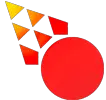Most people only know about regular loudspeakers. But in this list, we’ll explore some of the lesser-known types of speakers and headphones that exist, as well as the technology that makes each one unique. You’re bound to find something new!
Directional Speakers
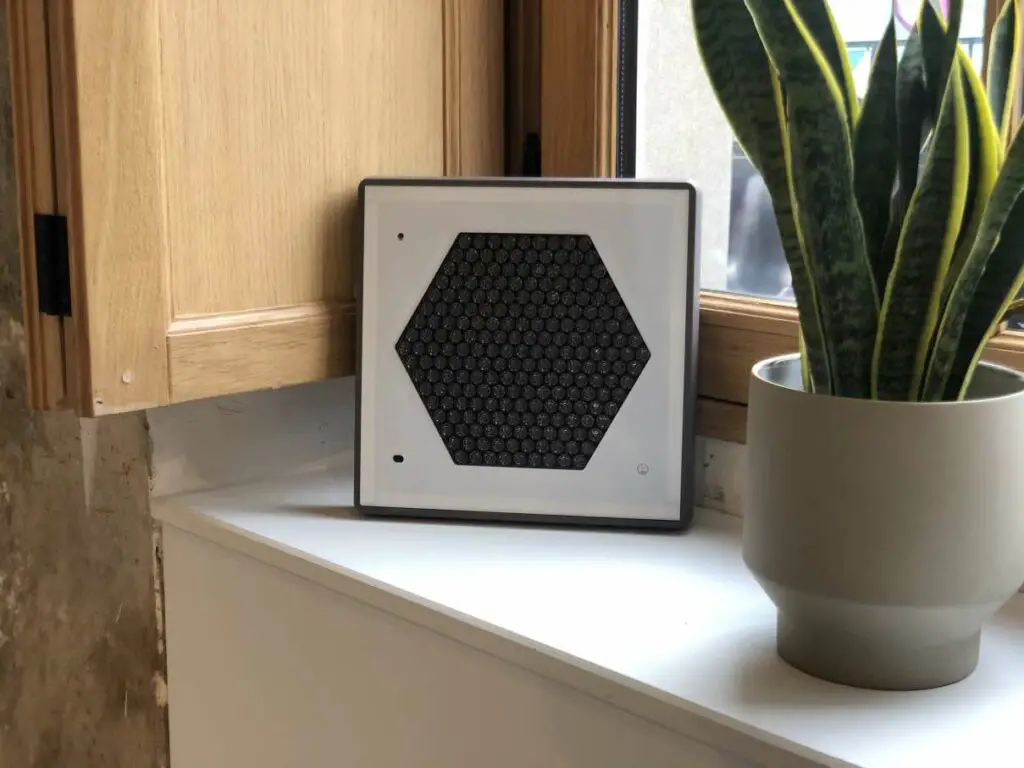
✅Super Focused Audio ❌No bass without woofer (very few to choose from)
Directional Speakers transmit a laser-focused beam of audio onto the listener. So that while you can hear the music, a person just an arm’s length away can’t.
They work by having many small ultrasound speakers in an array. The human ear wouldn’t be able to hear one of these speakers on its own, as it’s in the inaudible ultrasound frequency. But when combined, just a short distance away from the speakers, the audio clashes together in the air and forms audible frequency audio.
The reason for the directionality is that ultrasound has different physical properties than sounds in the normal hearing range. And as the audio starts as ultrasound, the physical properties are kept even when it’s transformed to the intended frequencies.

This speaker is ideal for privacy, as well as situations where you don’t want to disturb other people within the same room. Also, If you’re in a small apartment, you can ditch the headphones, and you don’t have to worry about annoying your neighbors with speakers in the middle of the night.
Induction Headphones
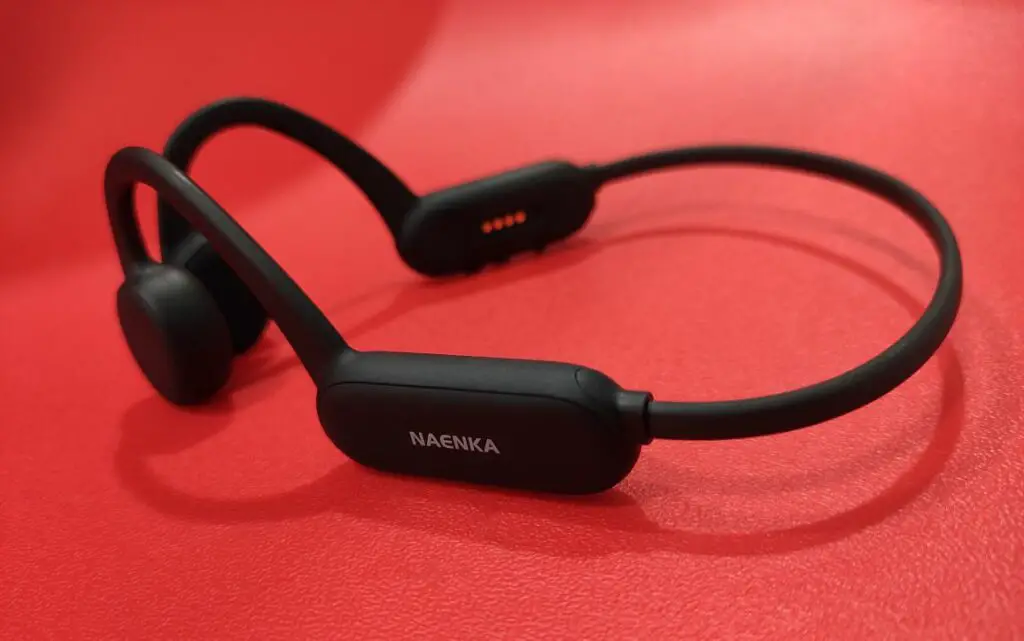
✅Allows you to hear ambient sounds ✅Quite Cheap ❌Not so much bass
Induction headphones are not so standard as of yet. But more and more people are discovering them.
You don’t put them in your ears, but instead, they vibrate against your bones which leads audio into your cochlea, bypassing your eardrums. They have the benefit of leaving the ear canal free, allowing ambient sounds to pass through. So you can conversate with someone more easily while listening to music, or hear cars and other important sounds when out walking.
The audio quality will not be as good as on conventional headphones and you will not get as good bass. But they’re ideal for listening to podcasts and other audio, and since you don’t put them into your ears, you may forget that you’re even wearing them.
Electrostatic Speakers and Headphones
✅Great Sound Quality ✅Much lower Distortion than conventional Speakers ✅Expensive!
Electrostatic loudspeakers consist of a vibrating diaphragm membrane, made out of metal, which is sandwiched together between two metal plates called stators. The stators on either side of the membrane are electrostatically charged, either positively or negatively. And when those charges flip sides, the membrane between the stators goes back and forth producing audio.
If you’ve ever rubbed a balloon against your hair, and your hair follows the balloon. That’s the same principle!
Electrostatic loudspeakers are superb for music playback and they’re popular in the audiophile community. This is because they have much lower distortion than conventional speakers, and they have great quality and lifelike sound. But that’s not all.
With normal speakers, the audio is split between a woofer, a mid-range speaker, and a tweeter. While with Electrostatic ones, it’s possible to use just one or no split. This makes them ideal for music because you don’t split the frequencies between the speakers. The drawback is that they have to be really big in order to produce all those frequencies, so you can forget about using this technology in a portable speaker.
Magnetostatic Speakers and Headphones
✅Great Sound Quality ✅Lower Distortion than Conventional Speakers ❌Must be huge for bass
In the video above. You may think that the metal strips on the speakers are just a decoration. But no, it’s not! The foil strips on the speakers are actually what’s making the sound.
Magnetostatic speakers produce excellent audio quality, and they work by having a frame of permanent magnets in a vertical array, which is then covered with a separate frame of wire or metal foil. When the wire or foil is charged, it gets attracted to the permanent magnet, moving back and forth and producing sound.
The drawbacks are that the speakers have to be large to produce bass frequencies. But the benefits are great sound quality, low distortion, a lifespan of 20-30 years, as well as no splits between the audio frequencies. They are great for music listening!
*Magnetostatic speakers and headphones are sometimes called Ribbon or Planar
MEMS Speakers and Headphones
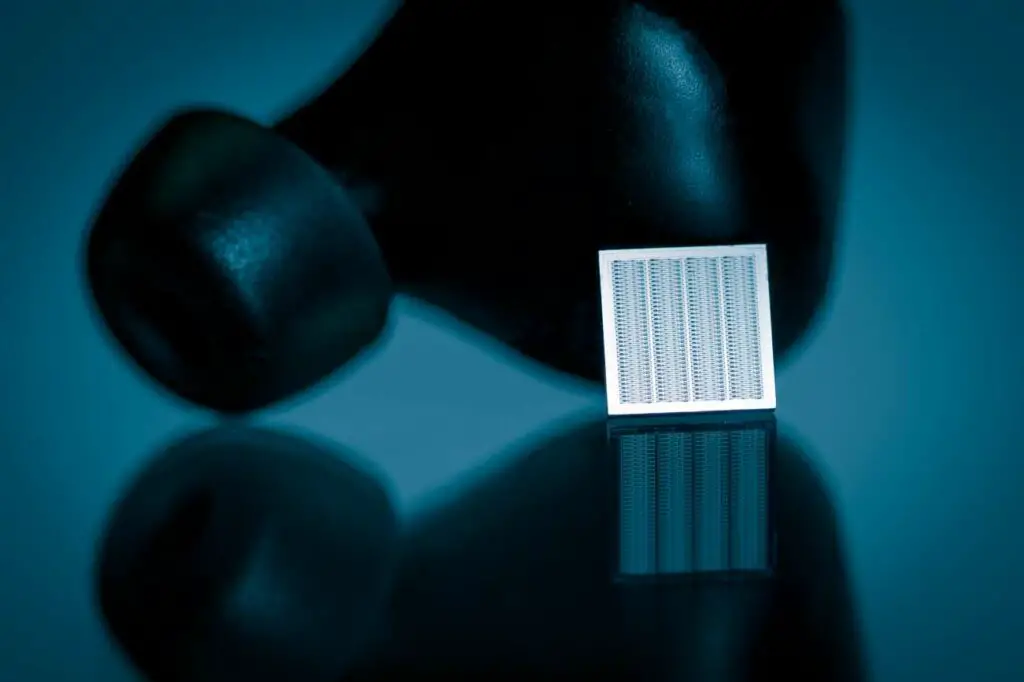
✅Can be any Speaker Technology ✅Accessible
MEMS stands for MicroElectroMechanical Systems, and what it refers to, is microscopically tiny devices. For example, the accelerometer and microphone within iPhones since the iPhone X already use this technology.
But now it’s coming to speakers and headphones as well! Manufacturers are trying to come up with new ways of miniaturizing them, in order to save space, while making the audio sound better.
MEMS speakers can be built using different transducers such as Piezoelectric, thermoacoustic, electrostatic, and electrodynamic ones. And you may notice, that these technologies are already mentioned in this article. But that is because all MEMS refers to, is the miniaturization of those types of already existing acoustic transducers.
ThermoAcoustic Speakers and Headphones
✅Allows for Music Listening ❌Not on the Market yet
Thermoacoustic speakers don’t rely on a vibrating membrane like most speakers. Instead, they use two electrodes applied to either side of a heat conductive material. When an alternating current passes through the material, it creates joule heat, which causes a rapid temperature oscillation in the air around it. This temperature oscillation creates pressure variations that turn into sound waves.
Recently, carbon allotropes such as graphene and carbon-nanotubes have made these kinds of speakers dramatically better. Because of those materials good heat conductivity and strength.
Headphones have been created using this material, and it works for music playback and everything. Though this product hasn’t left the lab yet, we’ll most likely see this come to the market soon!
Plasma Speakers
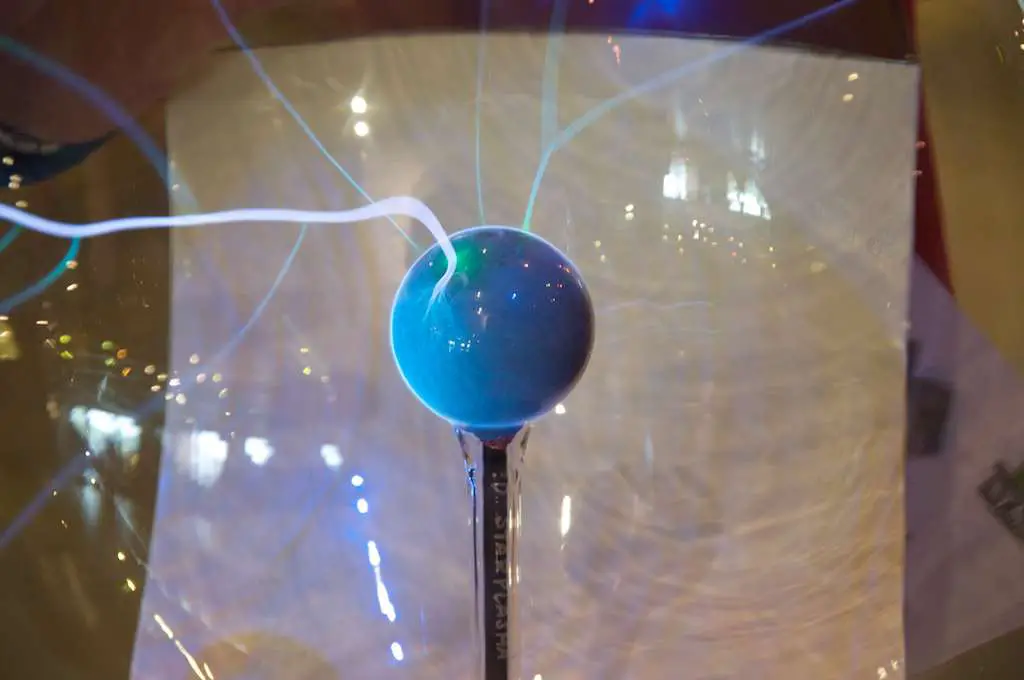
❌Terrible Audio Quality ❌Elaborate Setup ❌Safety Issues
Plasma speakers are perhaps the worst speakers for listening to music. This is because they can’t really produce sound in the entire frequency range, and they are subject to having an uneven audio quality, as well as low audio quality. The uneven quality comes from the plasma arc constantly moving, and in the worst cases, it also makes popping and spark sounds.
But nonetheless, it’s marvelous that they work in the first place.
AMT Speakers
✅Great Sound Quality ✅Quite Small Form Factor ❌Works only as a tweeter (No bass or mids)
Air Motion Transformer Speakers work thanks to having a diaphragm that consists of folded plastic covered in Aluminium. Behind these folds is a permanent magnet, and when electricity passes through the aluminum, the folds compress and decompress, creating sound. This physical motion of the diaphragm is similar to how the bellow moves on an accordion.
Its benefits are its clear sound, and its drawback is that they only exist as a tweeter version, so you will need to use this speaker in conjunction with other audio transducers.
Piezo Electric Speakers
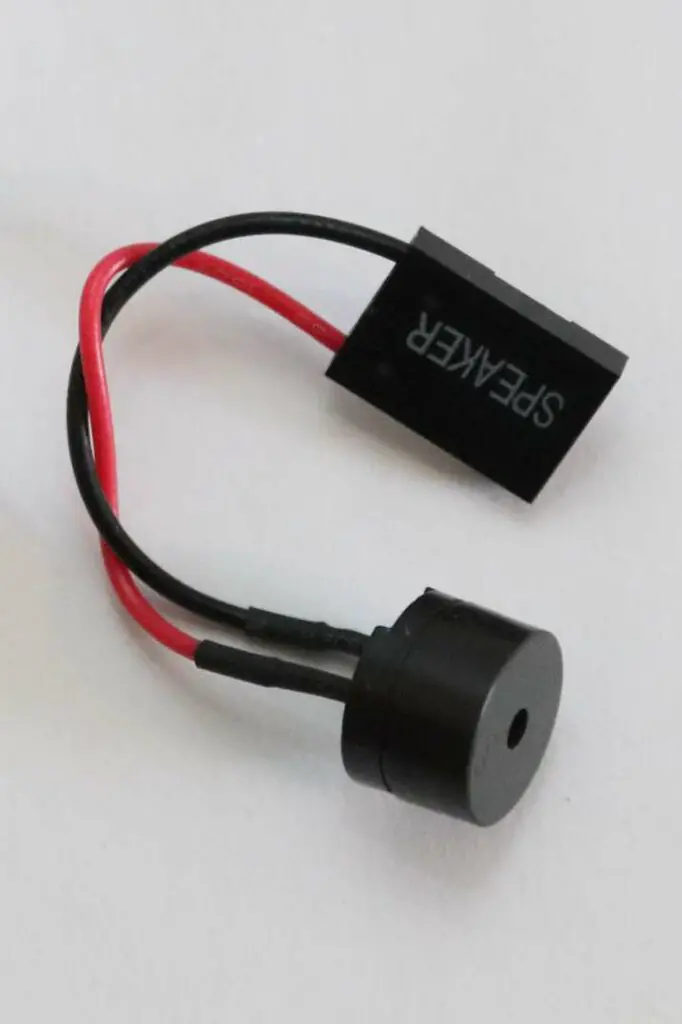
The awesome thing about Piezo Electric speakers and headphone membranes is that they can be super thin. They don’t need a magnet, and they don’t weigh anywhere near what traditional speaker weighs.
Piezo Electric speakers work by having a piezoelectric material, which contracts when electricity is applied to it. This flexing of the material is what causes it to sound.
Depending on your knowledge, you may think that Piezos are only good for buzzing and beeping tones, because you may have encountered this type of speaker in various toys and other electronics such as computers. But that is absolutely not true.
Piezo speakers can play any audio just fine, but the audio quality is generally not as good as in other types of speakers. You also won’t get much of the lower frequencies with a speaker like this, unless you make them pretty big. Though, a lot of development is happening due to their attractive thinness and simplicity.
Neuralink and Audio Brain Interfaces
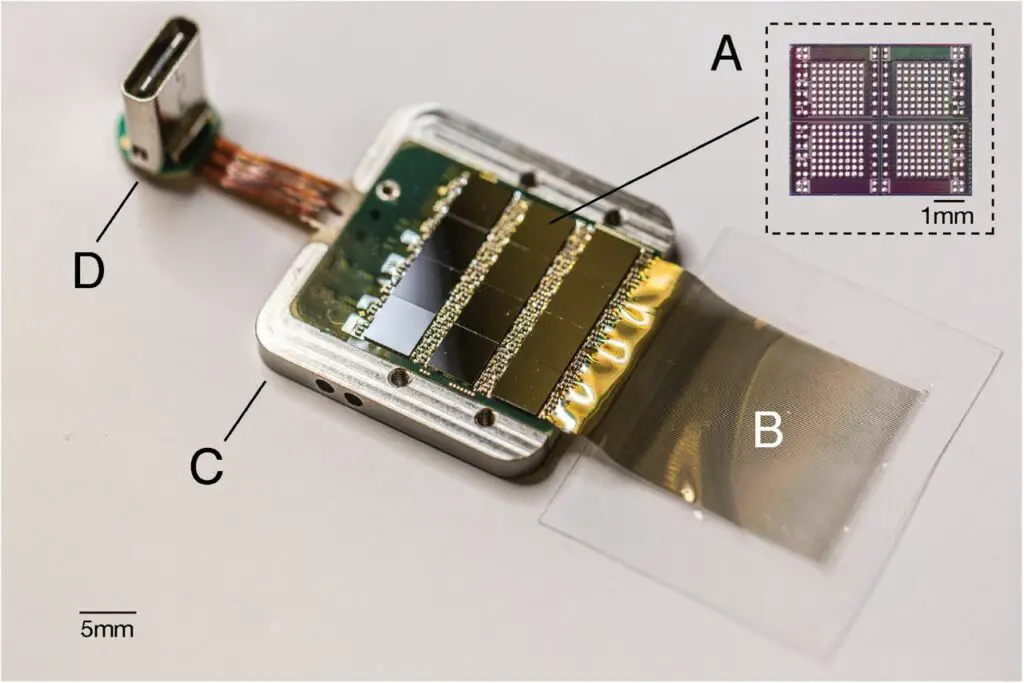
🎵Brain Interface ✅Sound Fidelity Potentially Extreme ❌Not on the market yet ❌Invasive
Neuralink produces a chip that is inserted into one’s head. It hasn’t been applied to humans yet at the time of writing this article. But the whole idea is to be able to interface and interact with the brain and body.
In 2020, Elon Musk, the owner of the company said in a response on Twitter, that Neuralink would allow users to listen to music directly to their brains. While nothing else has been said about it, it’s a pretty interesting technology that could potentially lead us into listening to music with greater fidelity than ever before. While overcoming some of the drawbacks that listening to music with speakers and headphones has.
Surface Speakers
Surface speakers work just like regular moving coil speakers. But instead of a built-in membrane, surface speakers use any surface to act as the membrane. The speaker relies on its own weight pushing down on the surface, or it’s fastened to the surface. The speaker’s vibration transfers to the material of choice, for example, a table, a mirror, or a can, to amplify its sound.
They are quite cheap and don’t produce very good audio. But due to their light size, at least they are very pocketable.
Sources
1. Directional Speakers
https://www.akoustic-arts.com/blog/how-do-directional-speakers-work
2. Induction Headphones
https://uk.shokz.com/blogs/news/how-does-bone-conduction-headphones-work
https://www.theverge.com/2016/10/24/13383616/bone-conduction-headphones-best-pair-aftershokz
https://www.youtube.com/watch?v=vTFdbk_8eBE
3. Electrostatic Speakers
https://www.youtube.com/watch?v=KGhFYSk4zJI
https://www.youtube.com/watch?v=Rok1s_aUDgY
4. Magnetostatic Headphones
http://www.soundimage.dk/Different-col/Magneto.htm
https://en.wikipedia.org/wiki/Magnepan
https://www.youtube.com/watch?v=gRJm5DlAdoA
5. MEMS
https://en.wikipedia.org/wiki/Microelectromechanical_systems
https://www.usound.com/how-do-usound-mems-speakers-work/
https://www.mdpi.com/2072-666X/12/10/1257/htm
https://www.youtube.com/watch?v=cxKTdKyKJJg
6. Thermoacoustic Speakers
https://cen.acs.org/articles/91/web/2013/09/Rocking-Carbon-Nanotubes.html
https://pubs.acs.org/doi/full/10.1021/nl402408j?source=cen
https://en.wikipedia.org/wiki/Joule_heating
https://www.youtube.com/watch?v=9PdBlt0EkXo
https://cen.acs.org/articles/91/web/2013/09/Rocking-Carbon-Nanotubes.html
7. Plasma Speakers
https://www.youtube.com/watch?v=hy-XPgWaU8M
https://en.wikipedia.org/wiki/Plasma_speaker
https://www.youtube.com/watch?v=-_1Kqds7NAI
8. AMT Speakers
https://en.wikipedia.org/wiki/Polyethylene_terephthalate
https://en.wikipedia.org/wiki/Air_Motion_Transformer
https://eve-audio.de/index.php?page=technology
https://www.youtube.com/watch?v=-wYxHYVO6sU
9. PiezoElectric Speakers
https://www.youtube.com/watch?v=xJqDOuJyhlc
https://www.youtube.com/watch?v=K2NG0eNabhQ
